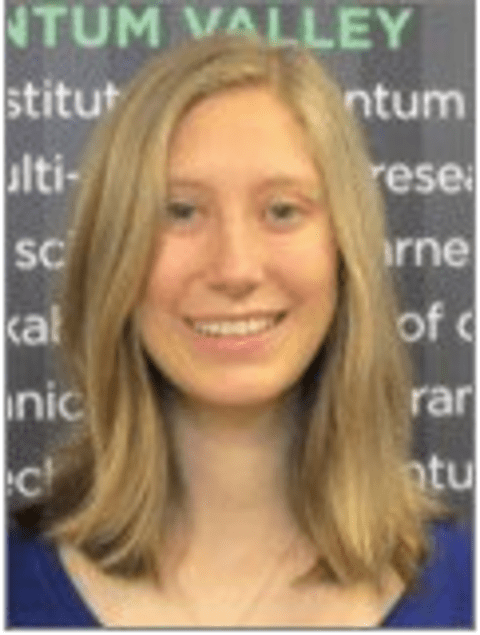Seminar: Quantum Walks Gravity Simulation
Giuseppe Di Molfetta, University of Marseille
As we know, spacetime is not flat at the cosmological scale. In order to describe spacetime, in General Relativity theory (GR), we need a continuous and differentiable manifold and a formal way to account for the continuous distortion of the metrics. The main point is that changing coordinate systems should not affect physics laws (General Covariance). However at the Planck length, matter is not continuous and obeys Quantum Theory (QT).
